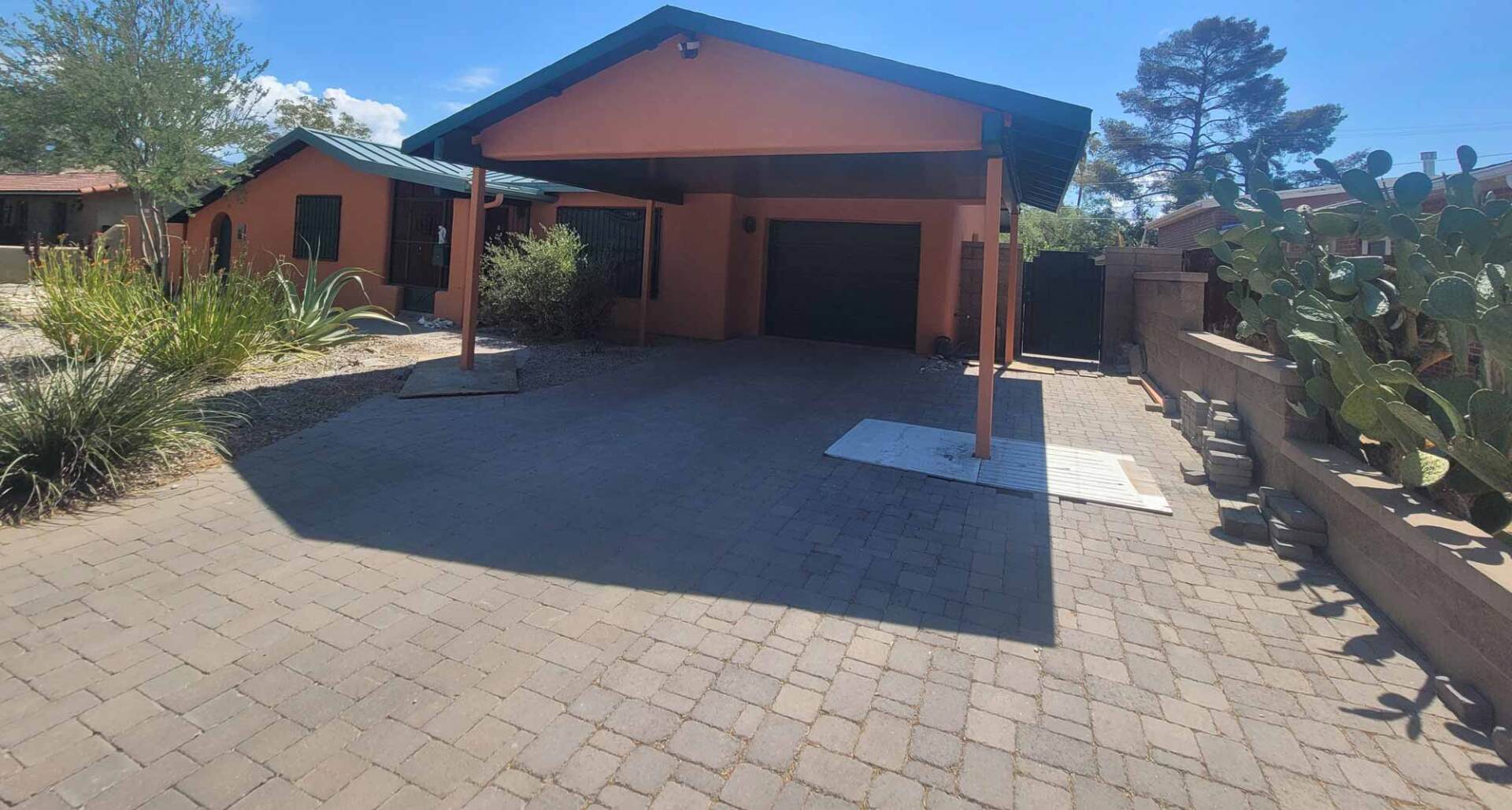Tips on how to prepare you home for monsoon season in Tucson AZ
HAVE YOU PERPARIED YOUR HOME FOR THE MONSOON SEASON
Monsoon season is officially here and several areas of Arizona have experienced them already. When a monsoon hits, it can bring heavy rains, strong winds, added humidity, and flash flooding. All of this can take a toll on your home and cause damage if your home is not ready.
A home that is not properly prepared or routinely maintained can be susceptible to damage. Your roof is especially vulnerable to damage and can be significantly damaged by a monsoon.
Many homeowners do not see preventative maintenance as an investment, until it is too late. Damaged areas can become more significant once it is hit with heavy rain and wind. If you suspect your roof has a leak already developed, contact your local roofing company before it turns into something more significant with the next monsoon.
CHECK YOUR ROOF
Check your roof for any debris, such as twigs or sharp rocks. These can easily poke through the roofing material and cause leaks. Ensure all roofing material is tightly attached and all seams are sealed against the rain and wind.
Have Your Roof Inspected
Preventative maintenance is the best way to prepare for the monsoon season. Having a professional examine your roof can help discover areas of concern before they are hit with heavy rain and strong winds. Your local roofer might suggest replacing certain tiles or shingles, clearing your valleys of debris, and sealing any vents or flashing that might have come loose.
PROVIDE DRAINAGE
Not only do you need rain gutters and spouts for your roof, but if your lawn has places where water pools are, install some type of drainpipe to move the water along. This is especially important if the water pools around your foundation, which can damage the foundation and cause flooding.
TRIM TREES
Fallen tree branches can destroy roofs and break windows. By trimming and thinning your trees, you allow a path for the wind through the branches, making it less likely that they will break off and damage your home. Keeping them trimmed so they don’t hang over the roof will also prevent punctures from the branches and damage from leaves clogging gutters.
INSTALL SURGE PROTECTOR
Electrical outages are common during high winds. There are two things you can do to prepare for an outage. First, install a whole home surge protector. This will help save electronics like computers and help prevent damage to your refrigerator and other appliances. Secondly, prepare an emergency kit with flashlights, batteries, and a cold pack for any medications that need to be kept cold.
KEEP AIR FILTERS CLEAN
Dust can quickly clog your air conditioner’s filters. Make it a habit to change your air filter at least once a month during monsoon season. It is also good practice to change the filter after every dust storm. Dust can quickly clog air vents and cause damage. It can also cause health problems, especially for children and the elderly.
What To Do If Your Roof Is Damaged
The most important thing to remember if a monsoon has damaged your roof is safety! If you cannot perform an inspection safely, contact a professional immediately. Once the rains have stopped and you are sure your roof has sustained damage, you will want to take several photos. Proper documentation is necessary when filing an insurance claim.
After you have taken your photos, you will want to call your insurance company. They can help you take the necessary steps to file a claim and get your home repaired. Your insurance company will likely have a list of contractors they require you to work with to file a claim. It is essential that you follow their guidelines around filing a claim to be properly reimbursed for the repair.









